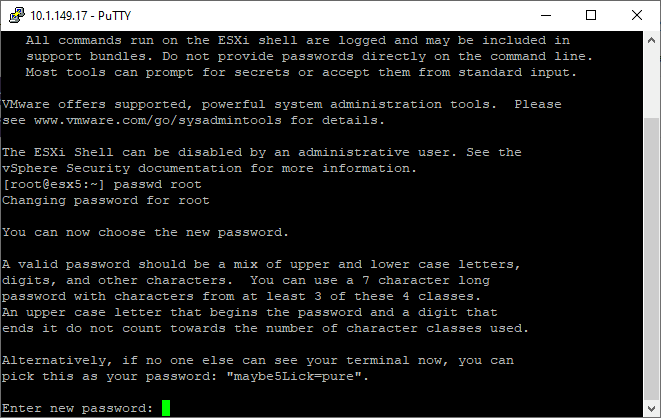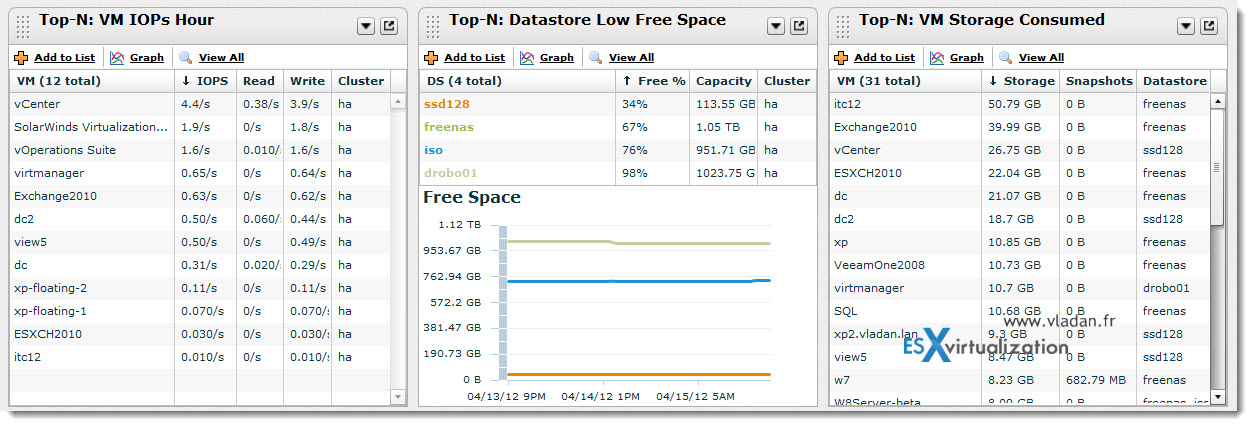
They include Hardening and Patching, Multi-Factor Authentication, Least Privilege, Micro-segmentation, and Behavioral-Based Threat Detection and Response. These basic principles have never been more important and, when adhered to, can make a meaningful difference.


We have been longtime advocates of cyber-hygiene principles that focus on protecting mission-critical business applications and data. We want to clarify that all unpatched vulnerabilities that provide initial access can be used to achieve and maintain a persistent presence in networks. Although there may be commonalities between some methodologies used in a recent intrusion into an industry network and methodologies that can be used to exploit CVE 2020-4006, at this time, we have no indications that VMware has any involvement in the nation-state attack on SolarWinds. In addition, VMware Carbon Black and NSX have been updated to provide customers the ability to detect and prevent malicious components related to these recent breaches. We issued a security patch for this vulnerability on Dec 3, 2020, and we continue to encourage all customers to apply the latest product updates, security patches and mitigations made available for their specific environment. In a separate event, earlier this month, the National Security Agency (NSA) identified a vulnerability in VMware Workspace ONE (CVE 2020-4006).

We also immediately analyzed the limited use of SolarWinds in our environment and found no evidence of exploitation. We have no indication that VMware has any involvement in the nation-state attack on SolarWinds.


 0 kommentar(er)
0 kommentar(er)
